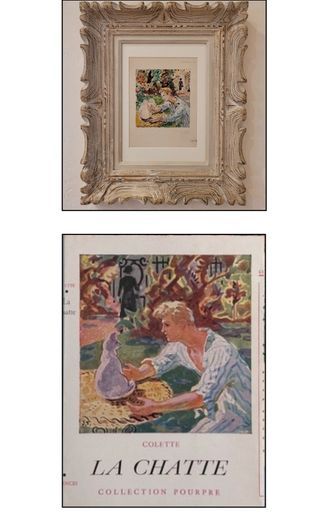
Guillaume Apollinaire
Château La Tour Apollinaire is more than a name. It is a stamp of pride. Our mysterious charm is inherited from one of France’s greatest poets - Apollinaire. Born in Rome to a Polish mother of the lower nobility and an unconfirmed father, Apollinaire’s early life remains obscured. It is in his adulthood that he came to be the brilliant poet, novelist, critic and friend that he is remembered for. Assuming his fifth name, Apollinaire channels Apollo, the god of poetry, in his work, traversing and overstepping the contemporary visual and literary boundaries by developing and popularising the poetic style ‘Calligram’. Some of his most famous works include ‘The Stabbed Dove and the Jet of Water’ and ‘The Tie and the Watch’. Apollinaire is known to have moved in circles of some of the greatest contemporary artists, including Picasso, Braque and De Chirico. Together, they redefined the boundaries of art, with Apollinaire creating the term ‘surrealism’, while his friends developed the artistic style. However, such boundless minds were inevitably prone to mischief, and Apollinaire and Picasso are alleged to have conspired in the plot to steal the Mona Lisa in 1911. Serving as a soldier in World War I, his friend De Chirico was to surreally foreshadow his fate in his 1914 Premonitory Portrait of Guillaume Apollinaire. Its dark tones, bottomless eyes and lurking figure represent Apollinaire’s deep and thoughtful criticisms that remain relevant to the present day. But it is the head injury painted that ultimately ended Apollinaire’s military career two years later, and he died shortly after in 1918. As one of France’s literary greats, Apollinaire’s legacy and memory deserve to be celebrated. Château La Tour Apollinaire continues to not only honour his memory in name, but his daring through its unapologetic architectural blend of the post-modern and classic French and Catalan details, his mystery through our enchanting gardens that await exploration, and his strong sense of friendship through our amazing team of colleagues.











